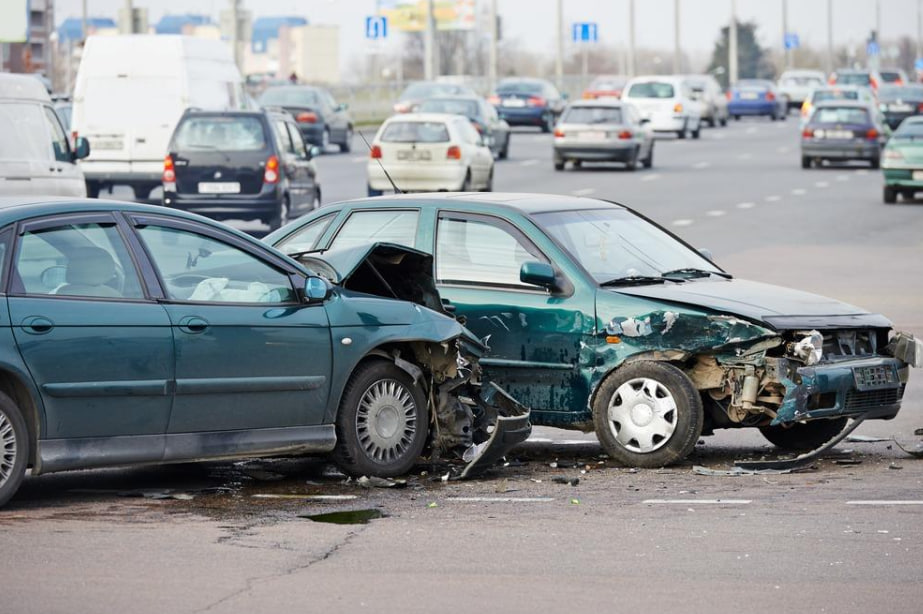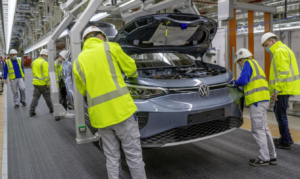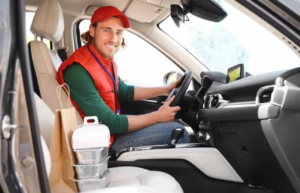
What are the main contributing factors to traffic accidents?
The Role of Distracted Driving in Traffic Accidents
Distracted driving is a major cause of traffic accidents in the United States. According to the National Highway Traffic Safety Administration, in 2018, distracted driving was responsible for 2,841 fatalities and an estimated 400,000 injuries. Distracted driving is defined as any activity that diverts a person’s attention away from the primary task of driving. This includes activities such as talking on a cell phone, texting, eating, drinking, adjusting the radio, and other activities that take the driver’s focus away from the road.
The most common form of distracted driving is cell phone use. According to the Centers for Disease Control and Prevention, in 2018, 9% of drivers reported that they had recently talked on a cell phone while driving, and 3% reported that they had recently sent a text or email while driving. Cell phone use while driving is especially dangerous because it requires the driver to take their eyes off the road, their hands off the wheel, and their mind off the task of driving.
In addition to cell phone use, other activities such as eating, drinking, and adjusting the radio can also be distracting. Eating and drinking while driving can cause a driver to take their eyes off the road and their hands off the wheel. Adjusting the radio can also be distracting, as it requires the driver to take their eyes off the road and their hands off the wheel.
To reduce the number of traffic accidents caused by distracted driving, it is important for drivers to be aware of the dangers of distracted driving and to take steps to avoid it. Drivers should turn off their cell phones or put them in a place where they cannot be reached while driving. They should also avoid eating, drinking, and adjusting the radio while driving. Finally, drivers should be aware of their surroundings and pay attention to the road at all times.
By following these simple steps, drivers can help reduce the number of traffic accidents caused by distracted driving. By being aware of the dangers of distracted driving and taking steps to avoid it, drivers can help make the roads safer for everyone.
The Impact of Poor Road Conditions on Traffic Accidents
Poor road conditions can have a significant impact on traffic accidents. Poor road conditions can include potholes, cracks, and other surface damage, as well as inadequate signage, poor lighting, and other hazards. These conditions can lead to a variety of traffic accidents, including collisions, rollovers, and pedestrian accidents.
Potholes and other surface damage can cause drivers to lose control of their vehicles, leading to collisions and rollovers. Potholes can also cause drivers to swerve suddenly, which can lead to collisions with other vehicles or pedestrians. Poor lighting can also contribute to collisions, as drivers may not be able to see obstacles in the road or other vehicles in time to avoid them.
Inadequate signage can also lead to traffic accidents. Drivers may not be aware of speed limits, road closures, or other important information, which can lead to collisions or other accidents. Poor signage can also lead to confusion, which can cause drivers to make wrong turns or take wrong exits, leading to collisions or other accidents.
Finally, poor road conditions can lead to pedestrian accidents. Pedestrians may not be able to see obstacles in the road or vehicles in time to avoid them, leading to collisions. Poor lighting can also make it difficult for pedestrians to see vehicles, leading to collisions.
In conclusion, poor road conditions can have a significant impact on traffic accidents. Drivers, pedestrians, and other road users should be aware of the risks posed by poor road conditions and take steps to avoid them.
The Role of Speeding in Traffic Accidents

Speeding is a major factor in traffic accidents, and it is a behavior that should be taken seriously. According to the National Highway Traffic Safety Administration (NHTSA), speeding is a factor in nearly one-third of all fatal crashes. Speeding increases the risk of a crash, and it also increases the severity of the crash.
When a driver is speeding, they have less time to react to unexpected events. This means that they are less likely to be able to avoid a crash, or to reduce the severity of the crash. Speeding also increases the distance that a vehicle travels before it can be stopped, which increases the likelihood of a crash.
Speeding also increases the risk of a crash because it reduces the driver’s ability to control the vehicle. At higher speeds, it takes longer for the driver to react to changes in the road, and it is more difficult to maneuver the vehicle. This increases the risk of a crash, especially when the driver is driving on a wet or icy road.
Finally, speeding increases the severity of a crash because it increases the force of the impact. At higher speeds, the force of the impact is greater, which increases the likelihood of serious injury or death.
It is important to remember that speeding is a serious behavior that can have serious consequences. Drivers should always obey the speed limit and drive at a safe speed for the conditions. By doing so, they can help to reduce the risk of a crash and the severity of any crash that may occur.
The Impact of Alcohol and Drug Use on Traffic Accidents
Alcohol and drug use are major contributors to traffic accidents. According to the World Health Organization, alcohol is a factor in approximately 25-30% of all traffic fatalities worldwide. In the United States, the National Highway Traffic Safety Administration (NHTSA) estimates that alcohol-impaired driving was responsible for 29% of all traffic fatalities in 2018.
Drug use is also a major factor in traffic accidents. The NHTSA estimates that drugs other than alcohol were involved in 16% of all traffic fatalities in 2018. The most commonly used drugs among drivers involved in fatal crashes are marijuana, opioids, and stimulants.
Alcohol and drug use can have a significant impact on a driver’s ability to operate a vehicle safely. Alcohol impairs judgment, reaction time, and coordination, making it difficult for a driver to make quick decisions and respond to changing conditions on the road. Drugs can also impair a driver’s ability to operate a vehicle safely, as they can cause drowsiness, confusion, and impaired judgment.
The consequences of alcohol and drug use on the road can be devastating. In addition to the risk of injury or death to the driver and passengers, alcohol and drug use can also lead to property damage, legal consequences, and financial costs.
It is important to remember that driving under the influence of alcohol or drugs is illegal and can have serious consequences. If you are going to drink or use drugs, it is important to plan ahead and make sure you have a designated driver or other safe transportation option.








